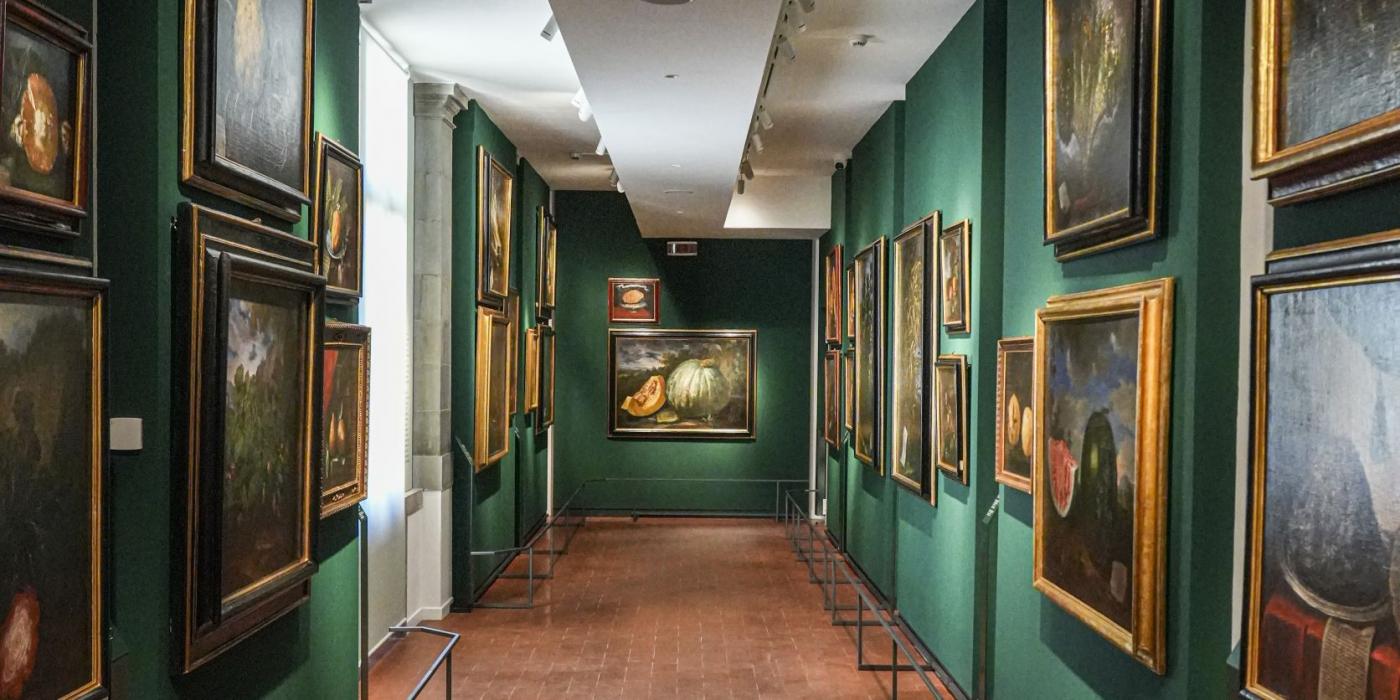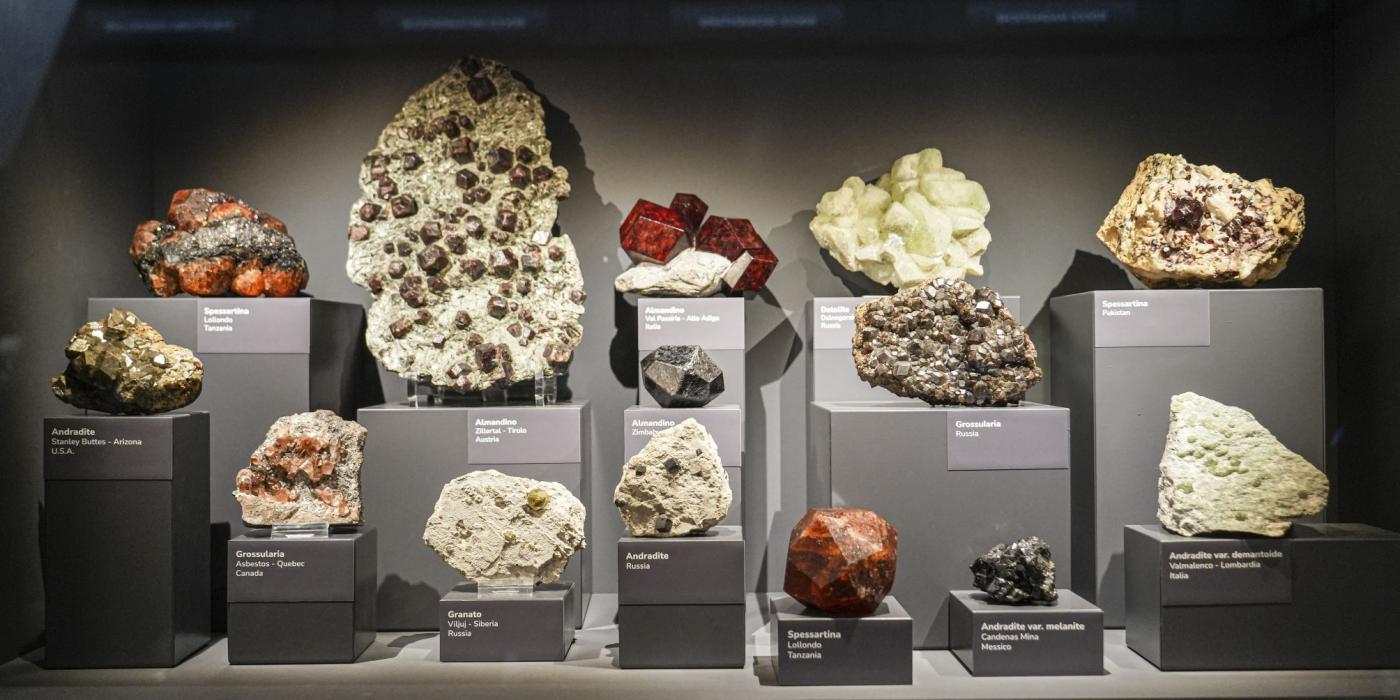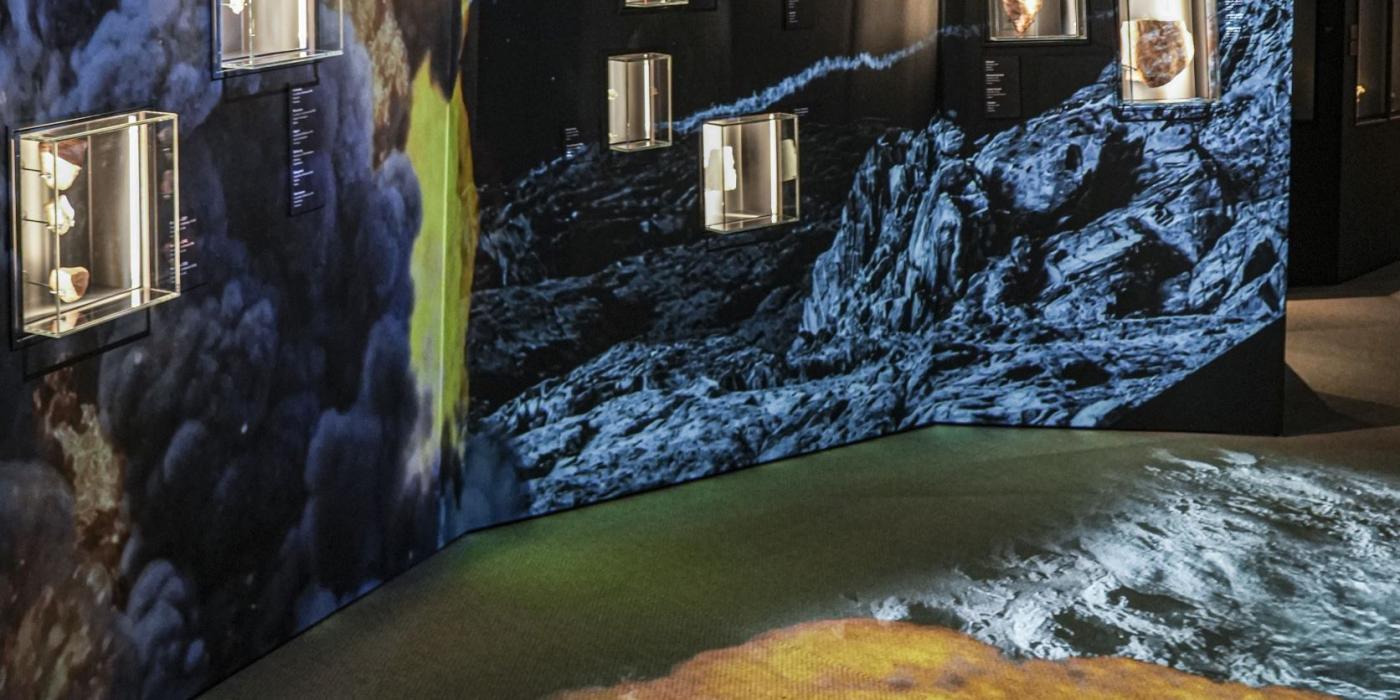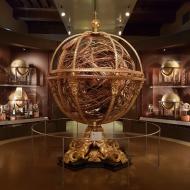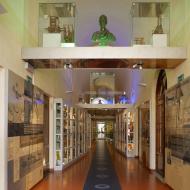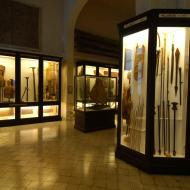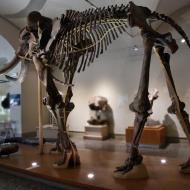‘La Specola’ hosts a large zoological collection that features over three million and a half examples, 5,000 of which visible to the public. This section also hosts the largest collection in the world of 18th century anatomic waxes created with the purpose to study the anatomy of the human body. “La Venere” is particularly interesting, famous for its beauty and because conceived as model with detachable parts. Over 3,000 findings of the Osteological collection hosted in the Salone degli Scheletri, are displayed. The Tribune of Galileo, rare example of neoclassic architecture, is marvellous and majestic. It was built and inaugurated in 1841 to celebrate Galileo and experimental science and to provide a suitable location to the famous objects that belonged to the scientist. Designed during the late 18th century instead, the Torrino (tower) was once an astronomic observatory boasting its core in the Sala della Meridiana and Sala Superiore Ottagona. Lastly, exhibition “Mineraliter. Pietre mirabili tra Medici e Natura” proposes a selection of worked stones that belonged to the Medici family, in addition to an exhibition of aesthetic minerals coming from Italy and all over the world.
Access notes:
Access for disabled:
Photo gallery
Museum timetables:
Related museums



